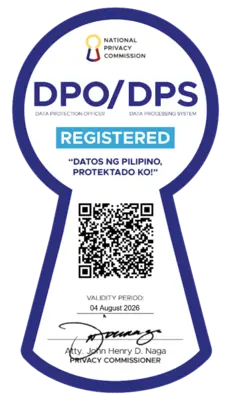Virtual reality lets humans, rats interact remotely
Advances in virtual reality technology have allowed researchers to "beam" a person into a rat facility and let the rat and human interact. The University College London said the research allows the rat to interact with a rat-sized robot remotely controlled by a human participant. On the other hand, the human participant is in a virtual environment, and can interact with a human-sized avatar controlled by the movements of the rat. “Beaming is a step beyond approaches such as video conferencing which do not give participants the physical sensation of being in the same shared space, and certainly not the physical capability to actually carry out actions in that space,” said Professor Mandayam Srinivasan, author of the paper from the UCL Department of Computer Science and Massachusetts Institute of Technology. Professor Mel Slater, also from the UCL Department of Computer Science and ICREA, University of Barcelona said there would be many other possibilities. "One idea is that using this technology behavioural scientists could get insights into behavior by observing it, and taking part in it, through this quite different filter. However, our primary goal was to demonstrate the possibilities inherent in this technology,” Slater said. UCL said the study's authors hope the new technology will be used to further study animal behavior. The process provides a new tool for scientists, explorers or others to visit distant and alien places without themselves being placed in any kind of danger," UCL said. It added this allows researchers to see animal behavior in a "totally new way," as if it were the behavior of humans. Computer scientists at UCL and the University of Barcelona had been working on "beaming," digitally beaming a scientist in Barcelona to London to be interviewed by a journalist last year. Beaming is defined as digitally transporting one's representation to a distant place, "where you can interact with the people there as if you were there." Beaming process In the experiment, the human participants were in a virtual reality lab at the Mundet campus of the University of Barcelona, while the rat was in an animal care facility in Bellvitge 12 km away. Tracking technology traced the movements of the rat in its arena, and the tracking data was transmitted via the Internet to the computers running the virtual reality simulation in Mundet. Such tracking information controlled a virtual human character (avatar) that represented the rat such that whenever the rat moved, its avatar moved as well. "Hence the human participant shared the virtual arena, which looked like a room with some pictures on the walls, with a humanoid avatar," UCL said. Similarly, the human participant's movements were tracked and the data sent to computers in Bellvitge that controlled a small robot in the rat arena. When the human moved in the virtual space the robot moved in the rat space. "Putting all this together – the rat interacted with a rat sized robot that represented the remotely located human, and the human interacted with a human sized avatar that represented the remotely located rat," UCL said. — LBG, GMA News




